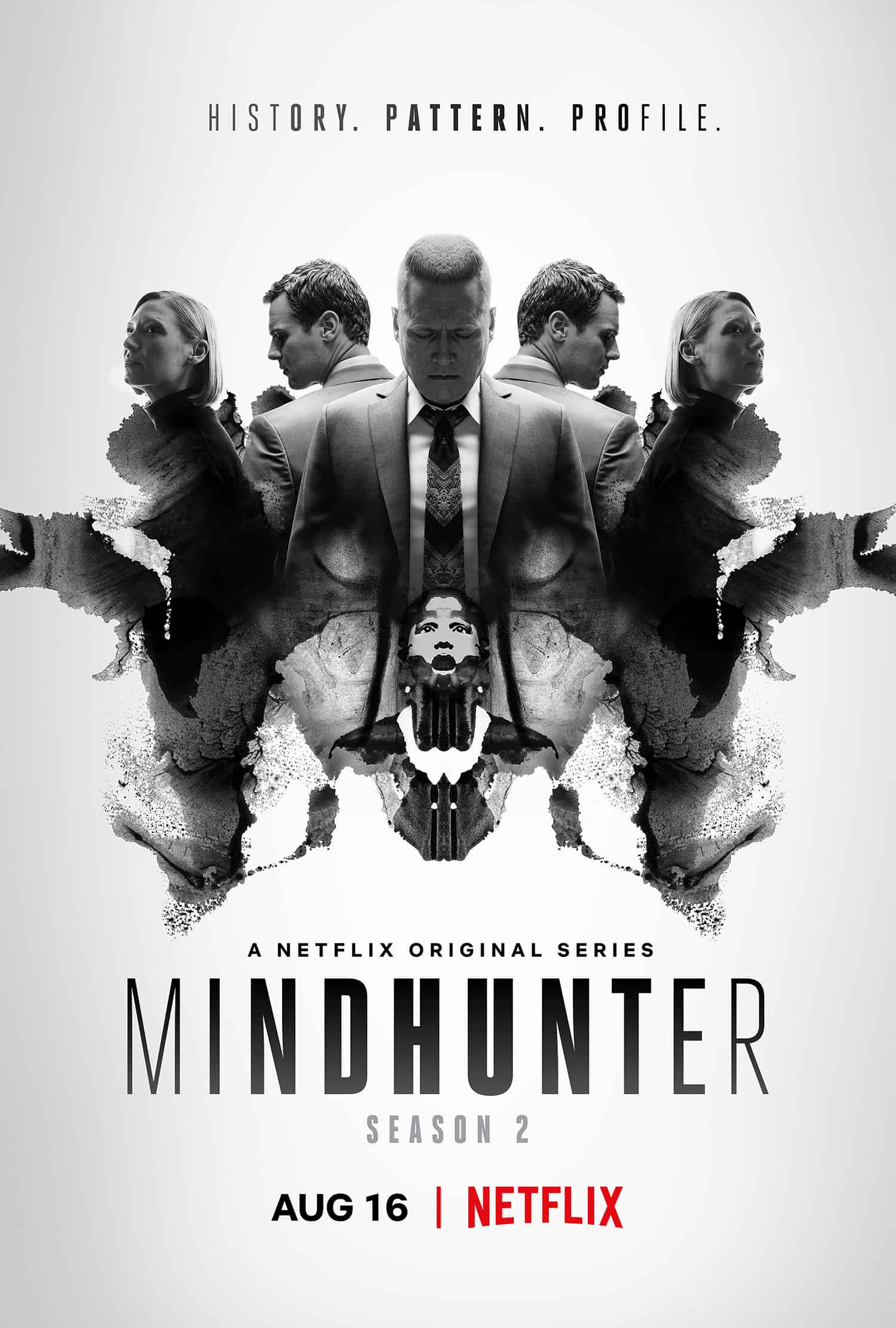Scientists, especially physicists often make fun of humanities. Psychology is not a science or sociology is too vague to be a science and so on. In reality, humanities are much more complex than most of these critics imagine. That’s the reason why Isaac Asimov and Liu Cixin invented Psychohistory and Cosmic Sociology respectively, in their fictional works. If you want further proof, look no further than the Netflix series Mindhunter.
Mindhunter is based on the book Mindhunter : Inside the FBI’s Elite Serial Crime Unit written by John E. Douglas and Mark Olshaker. It chronicles the journey of FBI agents Holden Ford (Jonathan Geoff), Bill Tench (Holt McCallany) and psychologist Wendy Carr (Anna Torv) as they interview the most notorious murderers and serial killers. The aim is to gain insight into their minds. Why do they kill people? Are the killings sexually motivated or is there an urge to exert power? How do they choose their victims? What’s going through their minds as they kill and mutilate the bodies? Finally, is there a method in their madness? These are very deep and complex questions and when you are dealing with people who are expert manipulators, the task seems almost impossible.
Holden and Tench encounter a lot of resistance in the beginning. This was way back in the sixties when behaviour analysis was in its infancy and the term ‘serial killer’ was yet to be invented. But as their research progresses and they start getting results, there is a shift in attitude. They are called to help the investigation in the Atlanta Child Murders where over a period of two years, at least 28 children, adolescents, and adults were killed.
The names featured in the series are from Who’s Who of Psychopaths if such a thing existed – Charles Manson, Ed Kemper (who was the inspiration for Hannibal Lecter in the movie Silence of the Lambs), Richard Speck, Son of Sam. When you are creating this kind of series, it becomes extremely important to choose the right actors for the roles of killers. They should resemble the original killers, look harmless on a cursory glance and yet when they start talking, one should get glimpses of the dysfunctional and sociopathic tendencies. On all these fronts, Mindhunter succeeds beyond expectations. The on-screen depictions of Ed Kemper (Cameron Britton) and Charles Manson (Damon Herriman) are mind-blowing in their realistic effects.
One of the most chilling scenes happens when Holden interviews Watson, a follower of Charles Manson, who killed actress Sharon Tate and four others in her home. When the scene starts, Holden and Watson are sitting in a prison visiting area. You can hear people talking, shouting in the background. Then as Watson starts describing the murders, you actually hear it in the background. So when he says “the women were screaming” you actually hear women screaming in the background. Here’s the most remarkable thing though. This background track is not as loud as the normal background tracks so unless you are really paying attention to it, you may not notice it at all. But when you do notice it, it hits you like a ton of bricks.
Holden and Tench are poles apart in their investigative methods. Tench always goes by the book and relies on facts while Holden trusts his gut feelings and is not averse to colouring outside the lines. There is of course the obvious reference to Sherlock Holmes and Dr Watson.
Usually, directors choose one of the two ways to depict violence on screen. First one is explicit, with all the gory details. Tarantino specialises in this. Some of the violent fight scenes in Kill Bill Vol 2 are almost poetic, especially the last fight scene in the snow filled Japanese garden. The second way is indicate violence but never show it directly. Hitchcock was a master of this. And it is this what David Fincher, producer/director of Mindhunter does. This is a no holds barred series because the subject demands it. Yet, there is no explicit violence, no “re-enactments” of the gruesome acts. All violence is shown through photographs or through interviews where the psychopaths describe them. And the effect is chilling. The light green/yellowish colour often used to depict older periods adds to the mystery. And then there is the eerie background score – a mix of Hitchcock and The Exorcist. All these aspects are well underplayed and that’s what makes the series so effective.
Death penalty has always been a controversial issue. The effectiveness of Mindhunter lies in the fact that after watching these psychopaths revel in their killings, one begins to think that maybe death penalty is not such a bad idea for these people, who do not fit the definition of a human being by any stretch of imagination.



